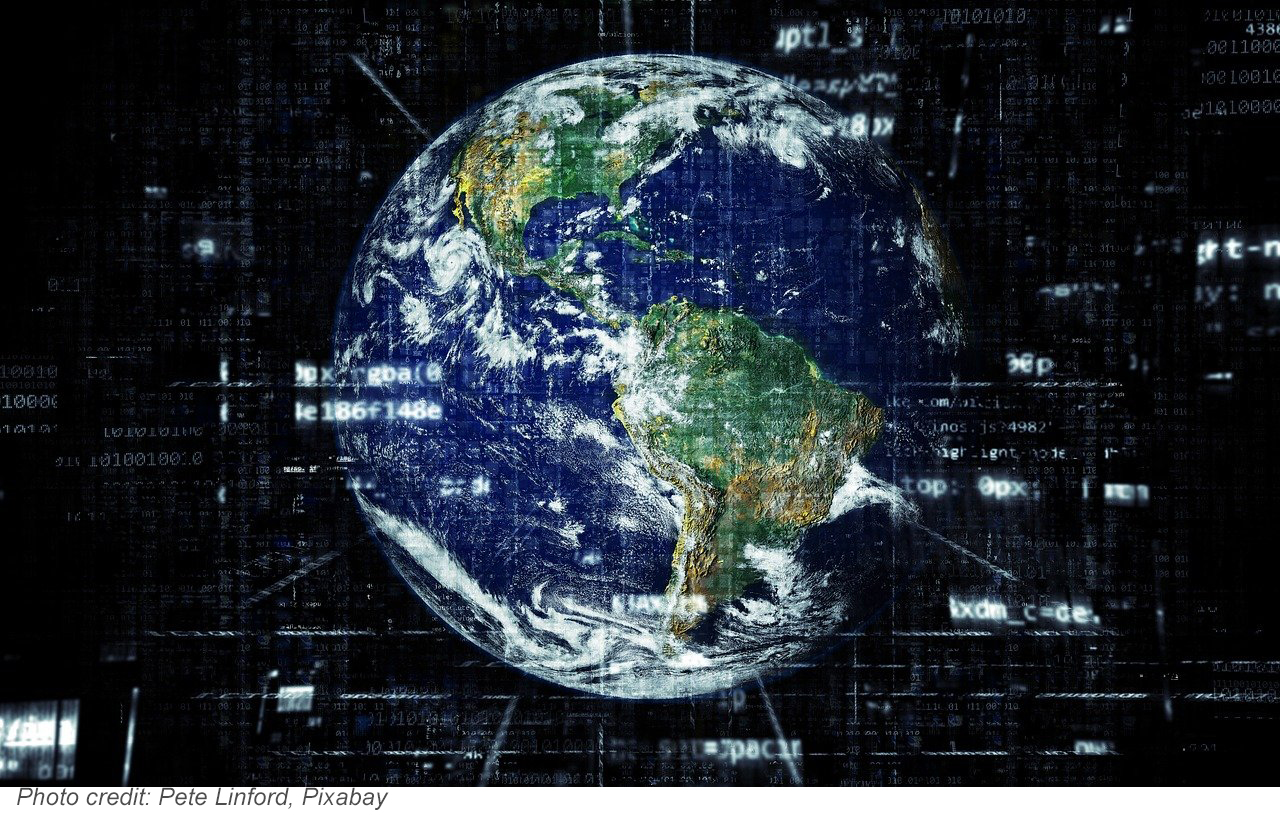The Digital Earths Lighthouse Activity working group on km-scale modeling is focused on foster a global research network in km-scale modeling of the Earth system and its individual components. In this context, ‘km-scale’ is defined as horizontal resolutions <10km. This is an important regime where the scale is similar to the human scale, but it is also the same scale as key earth system processes (clouds, sea ice leads, ocean eddies), creating unique ‘gray zones’ where such processes cannot be parameterized, but are difficult to resolve.
Km-scale models are being developed for many earth system components (atmosphere, ocean, sea ice, land), both coupled together and uncoupled. These models are both global: typically called Global Storm Resolving Models (GSRMs) as well as regional, high resolution regional climate models (RCMs). They typically have different heritage (GSRMs are general circulation models, RCMs are usually mesoscale weather models), but common resolutions and common goals. Digital Earths Seeks to foster a ‘regional-global alliance’ of these models in conjunction with the WCRP Regional Information for Society (RIfS) CORDEX project.
The activities of in km-scale modeling include:
- Nurture the development of process comparisons/teams for development of km-scale models, including convective organization and land-atmosphere interactions
- A km-scale model development working group (with WGNE)
- 2025 Global Pan-Hackathon on km-scale modeling (https://digital-earths-global-hackathon.github.io/hk25/ ), and follow-on efforts to advance model infrastructure and km-scale model analysis and development.


